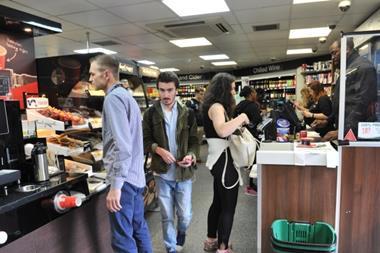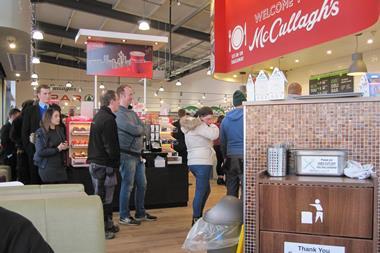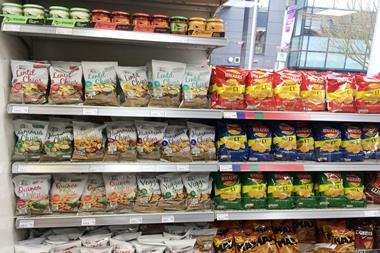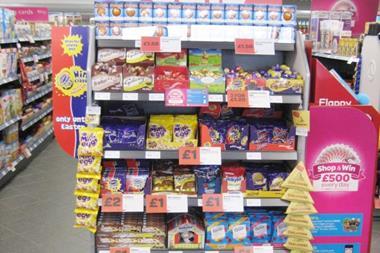Food to go is now a key part of the modern convenience store offer, driving footfall among younger consumers in particular
Food to go remains an increasingly important part of the convenience channel. It does so on two counts: to stay competitive in such a fragmented and diverse market; and to stay relevant in attracting the younger shopper.
One quarter of all convenience shoppers are on a food-to-go mission, and this rises to more than a third for shoppers under the age of 24. We know shoppers in 2018 are more demanding and this doesn’t stop at food-to-go. One key driver that helps retailers take full advantage of the opportunity is speed of service. The younger generation in particular expect a fast speed of service, with 22% of food-to-go shoppers aged 16-24 stating this is their main driver to store.
Shoppers are using technology much more regularly and food-to-go shoppers are more likely than average to want to see offers direct to their mobile device, and again it’s the younger shoppers who are more likely to engage.
We cannot ignore the prominence of health when it comes to food to go. Health remains top of the agenda in the food-to-go arena with more of the specialist outlets frequently evolving their range to accommodate the changing beliefs (and trends) around health. The shift away from low-fat diets towards no- and low-sugar alternatives has even moulded legislation. C-stores need to think about how to improve their basic offer to include the diversity of health, while still providing affordable options for everyone.
Nearly two-fifths of food-to-go shoppers state that a range of healthy options are important to them in store, but as research (Parliamentary Office of Science and Technology) suggests, healthier foods are up to three times the cost per calorie of unhealthier alternatives. Just like in higher income groups, many consumers in lower income groups have the desire to improve their diets and are almost equally likely to rate a range of healthy products as very important or important. This delivers a huge opportunity for both manufacturers and retailers to take a proactive approach in making healthy foods more accessible.
Outside of the standard food-to-go offer, c-stores that offer hot options attract a higher-value shopper. Countertop displays are a great option if lack of space is a restriction and offer an immediate point of purchase when shoppers come to pay at the till.
BYO Burgers are an Aryzta solution being used by Spar Gourmet in Dublin. They tap into the increasing demand from shoppers to offer a personalised service, allowing them to customise their meal using tablets as well as offering a home delivery, appeasing the new wave of shoppers expecting a door-to-door service.
Take a professional approach

“I have a dedicated unit, which makes 120 sandwiches a day for all my stores. But it isn’t good enough; it’s like how nobody buys tinned fruit anymore other than to make trifle. The public are wary of processed food.
“People are quite rightly concerned about what they eat and where it comes from.
“Food to go can work really well if you give it a professional touch and some individualisation. If you have a brand of your own and consistency in your offering then people like that.
“I’d like to offer a fusion of what Subway and Greggs offer. Subway is good, but it’s just a sandwich shop. The ideal offering is where you have something for breakfast, lunch and tea, but this requires dedication and time.”
Shailesh Parekh
Six service stations with Nisa in the West Midlands





















No comments yet